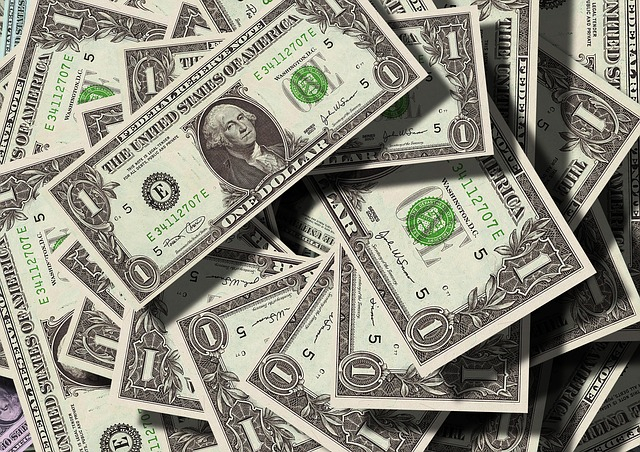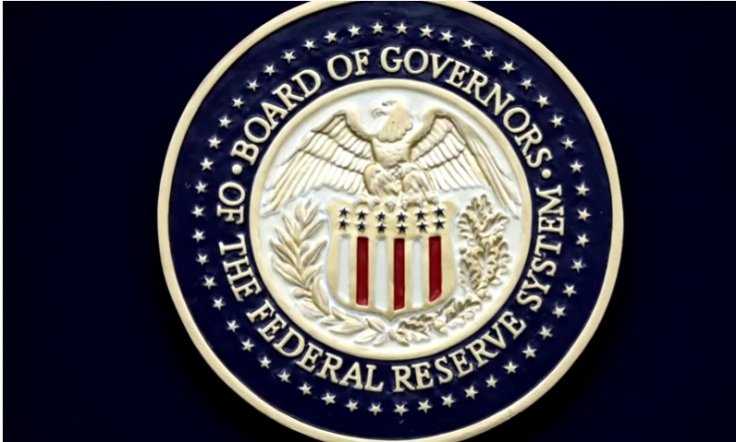The US current account deficit raced to a 12-year high in 2020 as the COVID-19 pandemic severely disrupted exports and could remain elevated this year as an economic recovery driven by massive fiscal stimulus draws in imports.
The Commerce Department said on Tuesday the current account deficit, which measures the flow of goods, services and investments into and out of the country, surged 34.8% to $647.2 billion last year. That was the largest shortfall since 2008.
Status of Dollar
The current account gap represented 3.1% of gross domestic product last year, also the largest share since 2008 and up from 2.2% in 2019. The high current account deficit is likely not an issue for the United States, in part because of the dollar's status as the reserve currency.

"Early 2021 data shows the trade recovery continuing in the first quarter, but it will take time to return to pre-COVID conditions since the pandemic isn't over yet and stretched supply chains are inhibiting progress," said Oren Klachkin, lead U.S. economist at Oxford Economics in New York.
"Looking ahead, we expect the current account deficit to widen slightly and average 3.5% of GDP in 2021 as positive recovery dynamics and generous fiscal stimulus maintain a strong pull on imports while exports recover more slowly."
Economic Growth
Economic growth this year is expected to top 7%, driven by the White House's $1.9 trillion pandemic rescue package. That would be the fastest growth since 1984 and would follow a 3.5% contraction last year, the worst performance in 74 years.

Exports of goods and services to, and income received from foreign residents dropped $578.3 billion to $3.23 trillion in 2020. Imports of goods and services from, and income paid to, foreign residents fell $411.3 billion to $3.87 trillion.
The trade deficit jumped to $681.7 billion in 2020 from $576.9 billion in 2019.
In the fourth quarter, the current account gap widened 4.2% to $188.5 billion, the highest since the second quarter of 2007. Economists polled by Reuters had forecast the deficit widening to $189.9 billion last quarter.
It represented 3.5% of GDP in the October-December quarter, up from 3.4% in the third quarter and was the largest share since the fourth quarter of 2008. Still, the deficit remains below a peak of 6.3% of GDP in the fourth quarter of 2005 as the United States is now a net exporter of crude oil and fuel.








